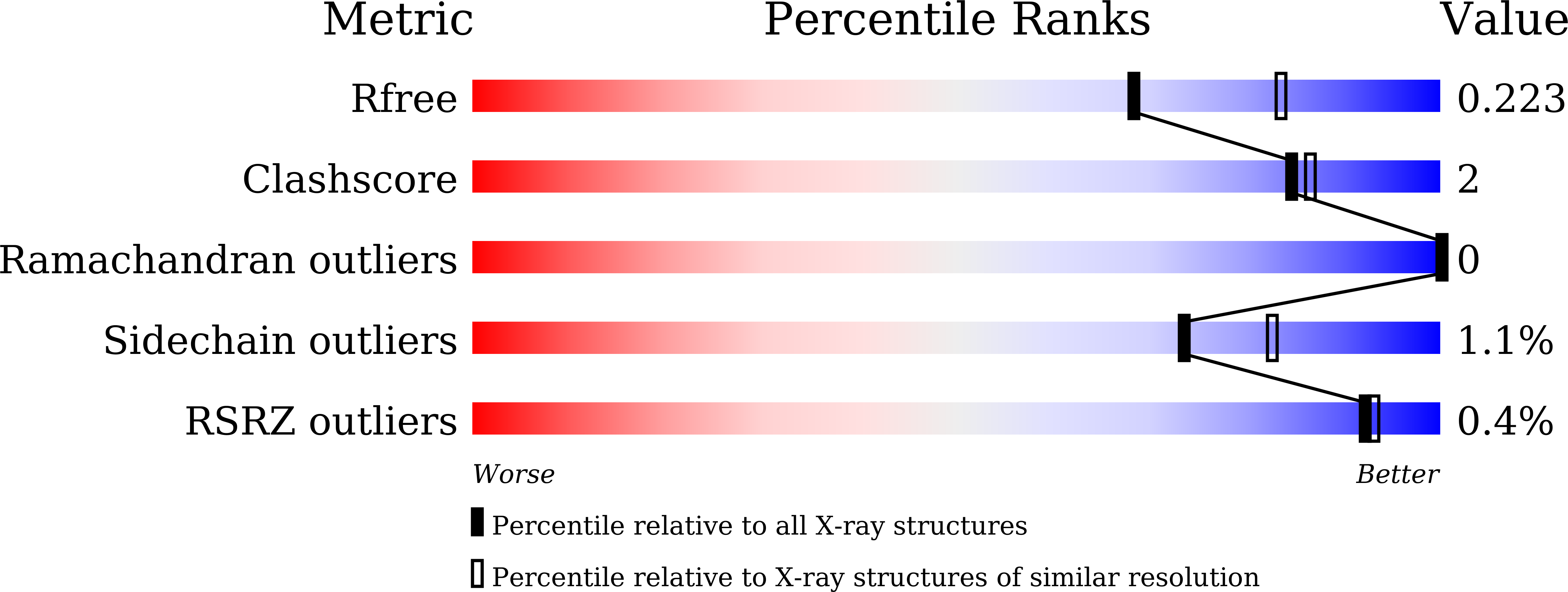
Deposition Date
2020-03-12
Release Date
2021-09-22
Last Version Date
2024-11-06
Entry Detail
Biological Source:
Source Organism:
Mesorhizobium japonicum MAFF 303099 (Taxon ID: 266835)
Aequorea victoria (Taxon ID: 6100)
Aequorea victoria (Taxon ID: 6100)
Host Organism:
Method Details:
Experimental Method:
Resolution:
2.25 Å
R-Value Free:
0.22
R-Value Work:
0.17
R-Value Observed:
0.18
Space Group:
P 21 21 21


